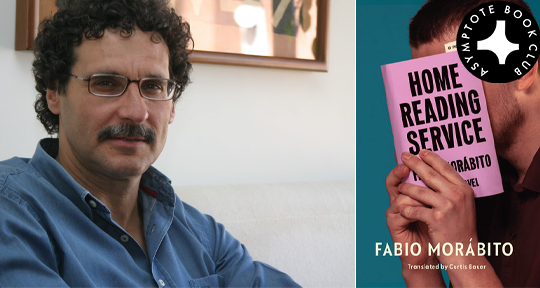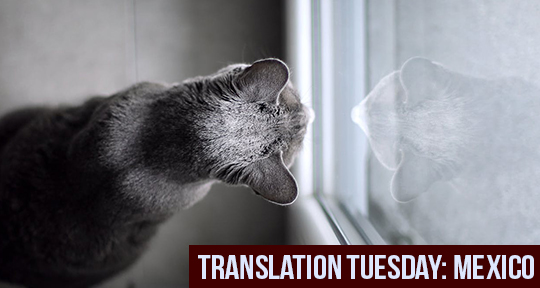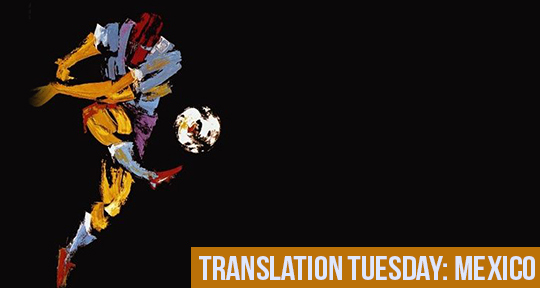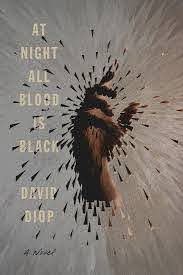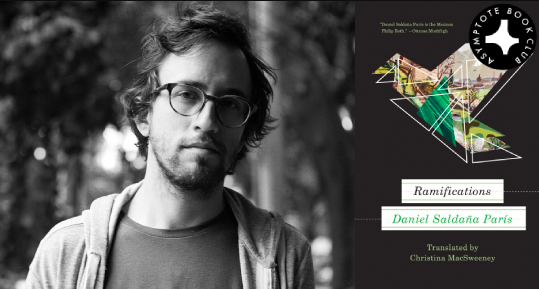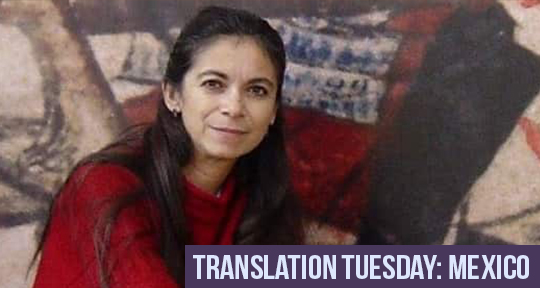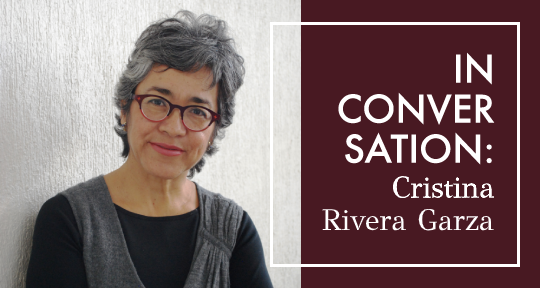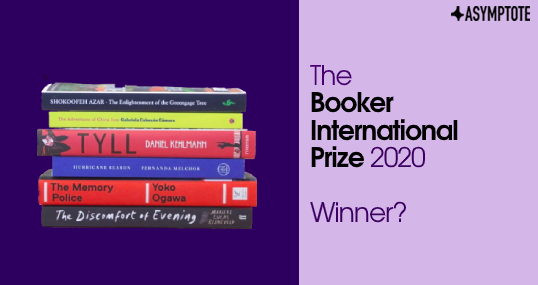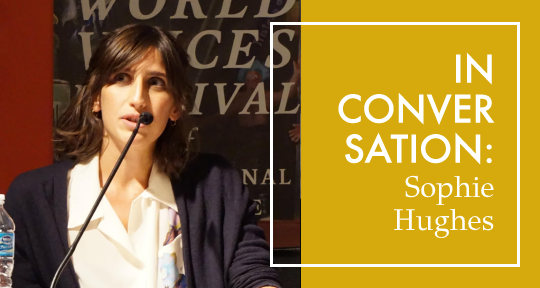A winner of Mexico’s prestigious Xavier Villaurrutia Award, Fabio Morábito’s El lector a domicilio is the first of his works to appear in English—and having read it, we can only hope there’s more to come. It’s hard to think of recent novels as well-rounded as this, which is why we’re delighted to announce it as our November Book Club pick: in just over two hundred pages, it delivers rich characters and riveting plots; it balances heart with humor; it sets us up only to shake our assumptions. More importantly, though, it finds value in lives that are often neglected, prompting us to fully see, hear, and touch those around us—an especially timely reminder as we continue to emerge from our pandemic solitudes.
The Asymptote Book Club aspires to bring the best in translated fiction every month to readers around the world. You can sign up to receive next month’s selection on our website for as little as USD15 per book; once you’re a member, join our Facebook group for exclusive book club discussions and receive invitations to our members-only Zoom interviews with the author or the translator of each title.
Home Reading Service by Fabio Morábito, translated from the Spanish by Curtis Bauer, Other Press, 2021
If ever a novel was deviously set up for stasis, it’s Fabio Morábito’s latest. Its protagonist, thirty-four-year-old Eduardo Valverde, is “stuck in second gear” after a case of reckless driving costs him his license, part of his job, and much of his time. Already living at home with an ailing father, he must now serve as a home reader to some of the other “elderly and infirm” in Cuernavaca—many of whom spend their days alone or half-silently with others, in dim rooms at the end of long passageways. Meanwhile, Eduardo has either cut or strained all ties with friends and family, and doesn’t seem keen on forming new ones; he, too, lives in “his own little world,” and while his court-mandated gig beats scrubbing public toilets, his heart just isn’t in it.
This is apparent to several of his listeners. “You come to our house,” one berates him, “sit on our sofa, open your briefcase, and with that magnificent voice of yours you read without understanding anything, as if we weren’t worthy of your attention.” To be fair, though, he’s not exactly dealing with a rapt audience. The Jiménez brothers are more eager to taunt him with vocal antics than take in Dostoevsky’s Crime and Punishment; the Vigils lose focus on Verne’s The Mysterious Island when they can’t read his lips (they appear to be deaf), and they don’t bother to mention it until he brings it up; Coronel Atarriaga drifts off like clockwork after two or three pages of Buzzati’s The Tartar Steppe.
The characters’ mix of decrepitude, distance, and detachment sprouts from their broader environment. Once worthy of its nickname as the “City of Eternal Spring,” Cuernavaca has long since been “expelling young people and keeping only the old-timers around, like any godforsaken town of emigrants”—even “the bougainvillea on the fences are rotting.” The remaining population lives “closed up in houses and yards surrounded by high walls,” and these walls have “infected” them: “everyone walk[s] around stone-faced.” It is the product of “unchecked danger” at the hands of drug lords and mobsters, one of whom routinely visits the Valverde furniture store to collect a “protection fee.” But even this rattling occurrence is mentioned almost in passing, thus avoiding the immediate strike of conflict. The novel’s context in its first few dozen pages, then, seems hardly ripe for character or plot development. READ MORE…

